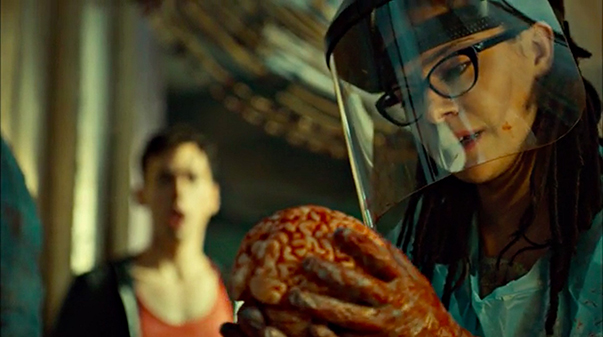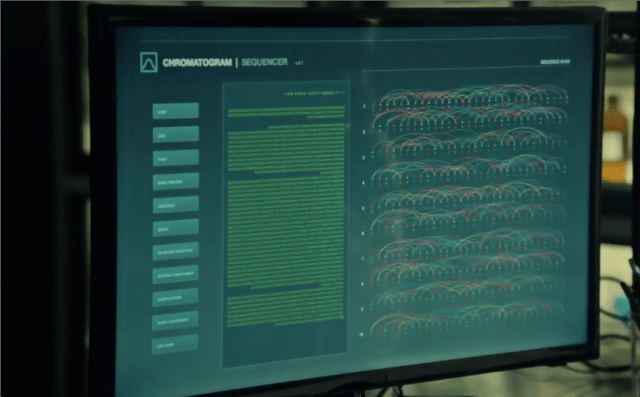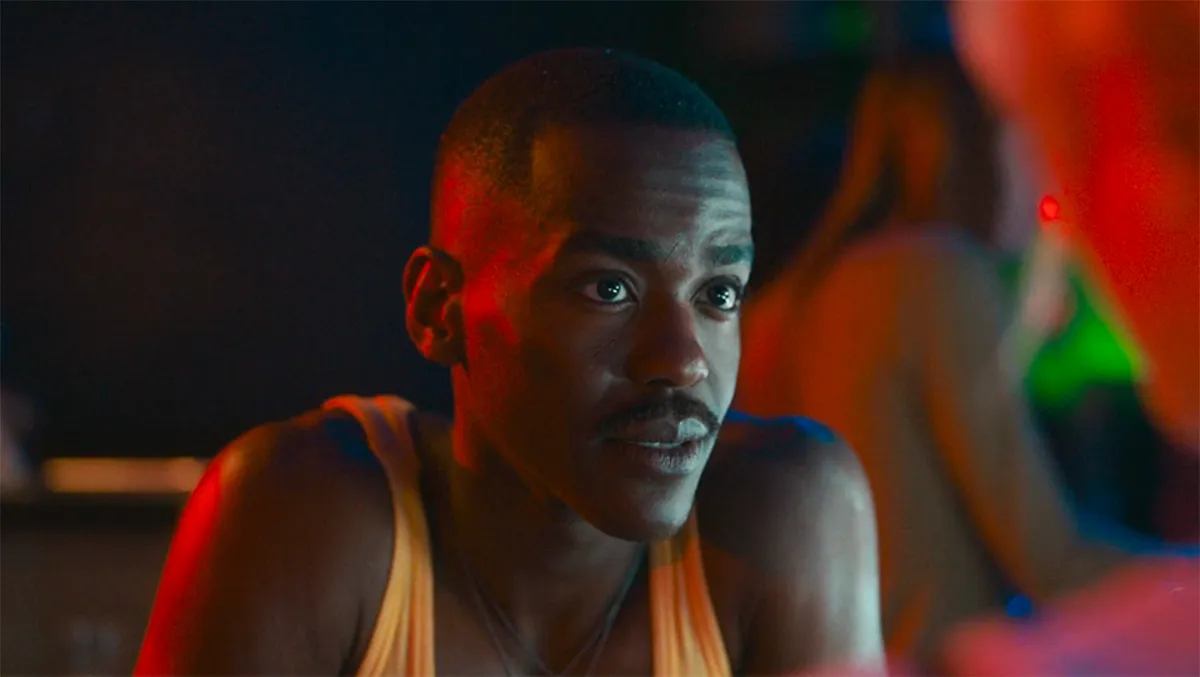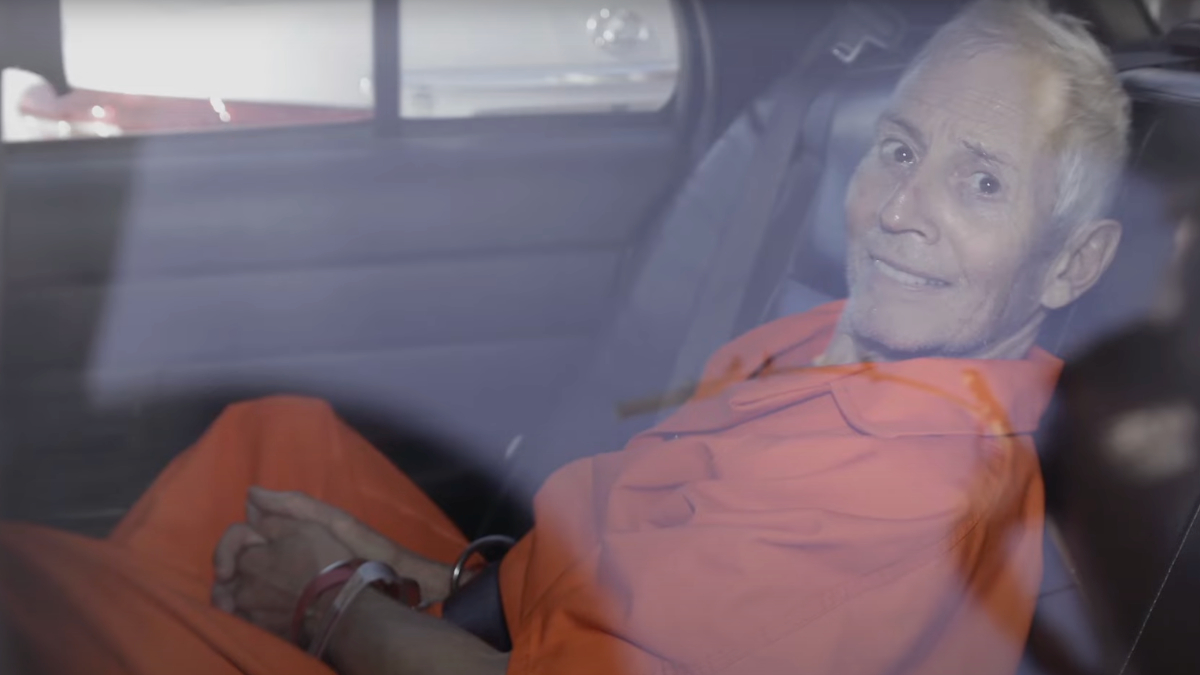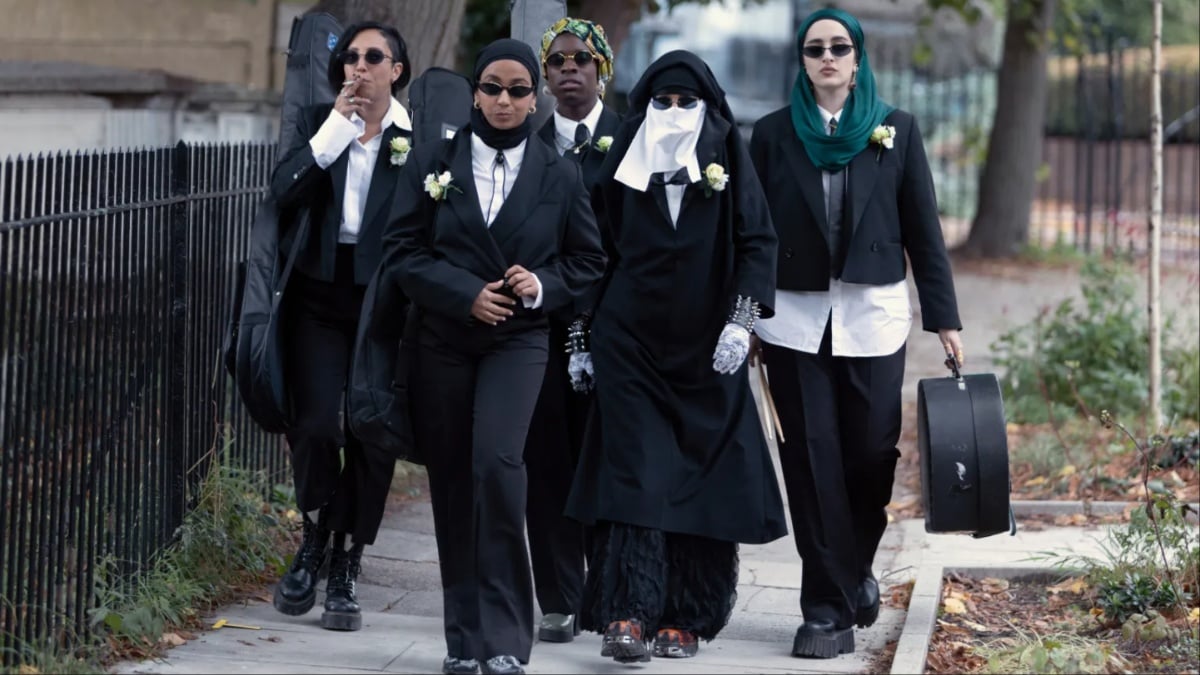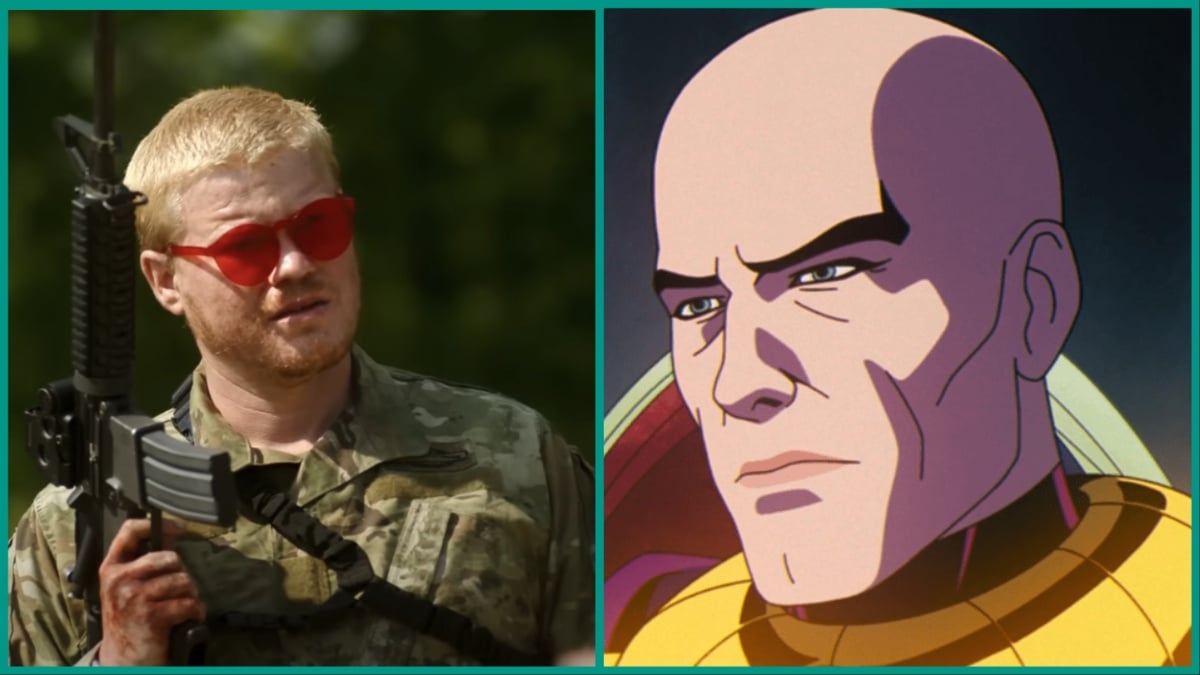Welcome to our Orphan Black science recaps, where Casey, a graduate student in genetics and developmental biology, and Nina, a professional science communicator, examine the science in each episode of OB and talk you through it in (mostly) easy-to-digest terms. Check out our regular OB recap for this episode here.
If you haven’t watched the latest episode of Orphan Black, be forewarned: there will be spoilers. There will also be crazy science.
Nina: We had big reveals and big science in this episode. With Seth’s freshly dead body stashed in Felix’s bathtub, geek monkey Cosima was able to help herself to a cornucopia of tissue samples (and of course, got right in there and harvested his brain). She and Scott uncovered new clues for the Castor clones’ mysterious glitching, but more importantly they discovered that the original sources for projects Castor and Leda were siblings.
Casey: Microsatellites, or Small Tandem Repeats (STRs), are roughly 2-5 base pair long molecular markers often used in DNA fingerprinting analysis, including kinship testing. These microsatellites are often found in regions of the genome that are noncoding, and can be used as identification markers due to varying lengths of the repeat sequences. For instance, a certain STR might have the sequence GCTT, and one person will have it repeated 10 times at that location, but another person has it repeated 20 times.
You inherit one copy of every chromosome from one parent and a second copy from your other parent. These regions can then be analyzed to test for kinship either via sequence comparison, or via analysis of banding patterns on polyacrylamide gels.
In the case of Cosima and Scott’s work in the lab, Cosima’s goal was to try to find similar synthetic sequences in the two genomes, so she sequenced Seth’s DNA and then compared it to Leda DNA to try to find some similarities. However, because they are related, there was much more shared DNA than a few synthetic sequences. The loci Scott refers to are the locations of the microsatellites, and these shared sequences indicate the level to which the Leda and Castor clones are biologically related.
Nina: While the Castor and Leda clones are related, their “clone diseases” still appear to have separate causes. In our previous science recap about the Castor glitch (or “defect” as Rudy refers to it), we suggested that the symptoms were an unwanted result of brain tampering to make the perfect soldier (or perfect weapon). Helena was put through a series of extreme tests (AKA torture) and it was clear that she did not have the Castor glitch.
After examining slides of Seth’s brain tissue, Scott mentions that it looks like swiss cheese, and suggests evidence of neurodegenerative disease, such as Creutzfeldt-Jakob Disease or spongiform encephalopathies. That’s “spongiform” as in spongy brain tissue—healthy brains are not supposed to look spongy under a microscope. These belong to a family of diseases known as “prion diseases”. Proteins, which are crucial so many of the body’s functions, have signature folding patterns. Prions are misfolded proteins that can trigger other, normally-folded proteins to also misfold. As these misfolded proteins build up, they can form amyloids (which Scott also mentioned). Amyloids are basically protein clumps that disrupt neural signals and cause cell death. The “sponginess” comes from holes that form in the brain tissue where whole areas of cells have died.
Most cases of spongiform encephalopathies are sporadic or acquired through contact with infected brain tissue (remember that big scare about beef and Mad Cow Disease a while back? Mad Cow Disease, or bovine spongiform encephalopathy, is a prion disease).It’s less common, but prion diseases can also be caused by a mutation to the gene that codes for prion proteins (PRNP, location 20p13 for you genetics nerds).
Casey: I think whatever this novel brain disease is that the Castor clones have, the Leda genome will hold some answers for them, and the same goes for the Leda disease. The fact that they are all biologically related opens doors for transplants of biological material. Who knows, maybe Cosima will receive a bone marrow transplant from a Castor clone and they will each hold the key to curing the other.
Casey Griffin is a graduate student in genetics and developmental biology. She dissects mouse hearts, does lots of PCRs, and nerds (and cries and screams) about Orphan Black. You can check out her OB Science Time Tumblr posts here.
Nina Nesseth is a professional science communicator, emerging playwright, and serial tea-drinker. She’s happiest when science-ing at people (yes, that’s “science” as a verb) and watches way too many movies (but she lacks stamina and falls asleep if she tries to watch two in a row). You can find her on Twitter @cestmabiologie.
—Please make note of The Mary Sue’s general comment policy.—
Do you follow The Mary Sue on Twitter, Facebook, Tumblr, Pinterest, & Google +?



